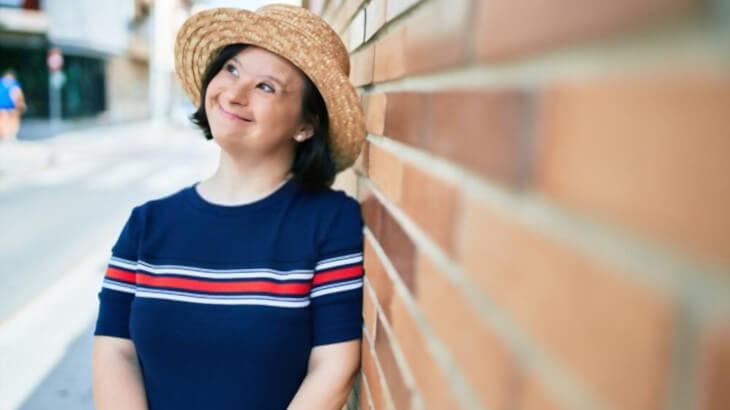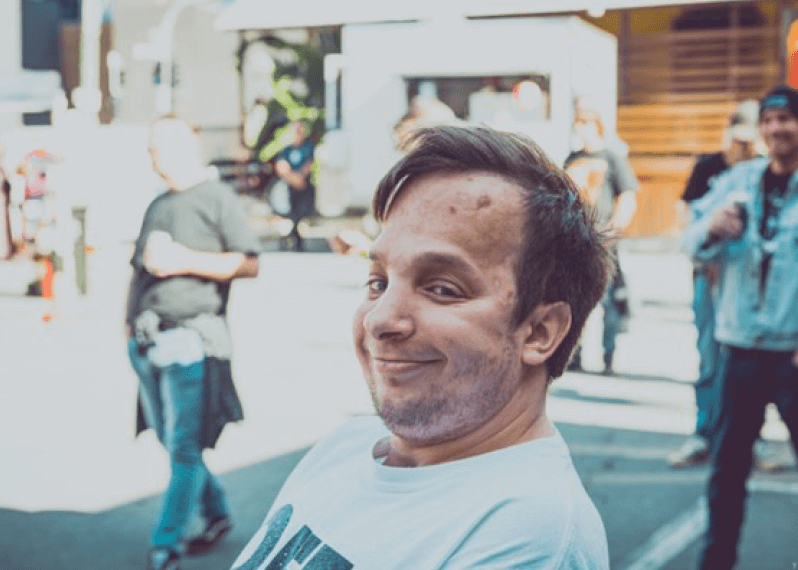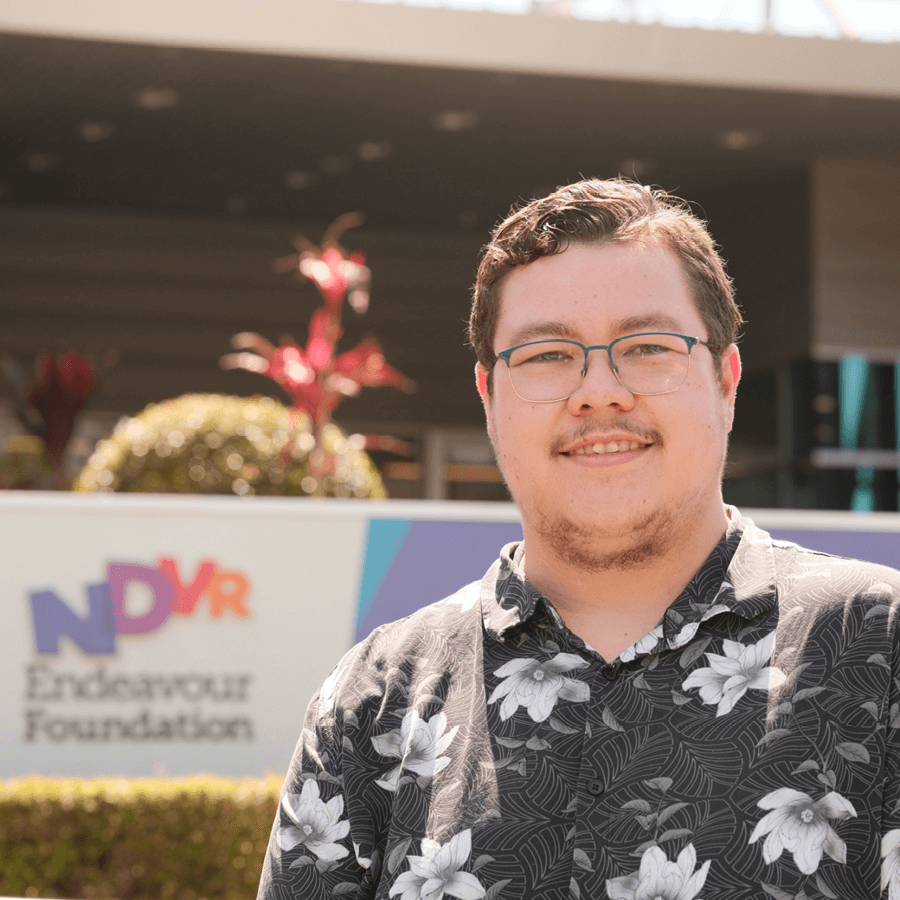Choosing an outfit to wear that is comfortable, looks great and makes you feel great is a daily challenge for us all. Dealing with buttons, zips, laces, clips, ties and all other means of getting into and out of those outfits can add a whole other level of frustration, especially for many people with disability.
For some of us, wearing clothes is just not fun. And we’re not being cheeky.
Fashion is a form of self-expression and autonomy
Fashion follows trends that make us feel a part of our world and our time. In a nutshell it’s a way to be you and feel included. Which is something people with a disability have been trying to achieve for a while now.
Adaptive clothing is a new(ish) movement in the fashion industry. And when you’ve got big brands like Nike and Tommy Hilfiger on board, you know it’s gaining momentum!
This newest trend in fashion design is about creating clothing that delivers function as well as style. It’s about removing the frustration of getting dressed for people of all ages, body types and abilities. Think widened pants with easily adjustable hemlines that make getting dressed a dream for people who use prosthetics, wheelchairs or leg braces. Or how about slip-on shoes, Velcro and magnetic closures, and one-handed zippers designed to make life easier for just about everyone.
Still lukewarm? Then does a pair of camo cargo pants interest you? Or perhaps some cropped or high-waisted jeans and leggings, cool tee’s, branded sweaters, tailored shorts and chinos, chic jackets, stylish cotton shirts and blouses – and all in great fabrics, patterns, colours and designs?
The best adaptive clothing designs opt for fabrics that suit people with sensory preferences, to improve comfort and reduce friction, while still being on trend. Yet the thing that really sets them apart is the greater independence they deliver for people with disabilities, some of whom may never have dressed themselves before without assistance.
Fashion that’s functional
We checked in with Australian inclusive fashion designer/producers Molly and Emma from JAM The Label to get their insights. Both Occupational Therapists by trade, Molly and Emma worked with Jack and Maddy (that’s the J, the A, and the M) who have cerebral palsy and were inspired to help them source clothing that they would love wearing.
The first question they asked themselves was “would I want to wear it myself?”. Using this as their benchmark and enlisting the help of fashion start-up consultants, JAM is a part of the Australian movement to produce clothing that anyone would want to wear and encourage more socially-conscious consumers.
Their designs are about quality essentials that are easy to wear and can be dressed up or down with accessories. Despite their primary goal being to produce functional, fashionable garments for people with a disability, they see their brand as being truly inclusive if it has appeal among the broader population.
According to JAM, the days of accessible clothing being niche or exclusively made-to-order are over. They are about educating the Australian market that people with disability should be able to dress like anyone else, but to date they have often been forgotten in the design process. Success for them is about appealing to everyone, for example their magnetic shirts are snapped up by breastfeeding mothers, and their bamboo/elastane t-shirts provide flexibility for even the most avid yoga fan.
Fashion and disability: It’s time for more inclusion
Globally, 15% of people have a disability, and they are widely accepted as the most marginalised sector in the world. Yet with dramatic improvements to accessibility and inclusivity in our workplaces and communities in the past decade alone, people with disability are becoming more and more visible and playing a greater role in society. So, it makes a lot of sense that they really want a great outfit to get out and about in. The sector represents a tremendous opportunity to the fashion world, and key players are starting to realise that designing garments for people with disability is just about greater function - something we all want more of as consumers.
The fashion industry has embraced plus sized customers, different cultural needs, and now it’s ready to give the disability sector a great big hug too.
In Australia, it’s still early days for the inclusive fashion industry but more and more brands are realising there is real demand to fill this gap in the market. The recent launch of The Iconic’s adaptive edit was a huge coup for the industry, taking things mainstream. Who knows, it might not be too long before we see wheelchairs on the catwalk at Australian Fashion Week.
 Donate
Donate
 Lotteries
Lotteries



